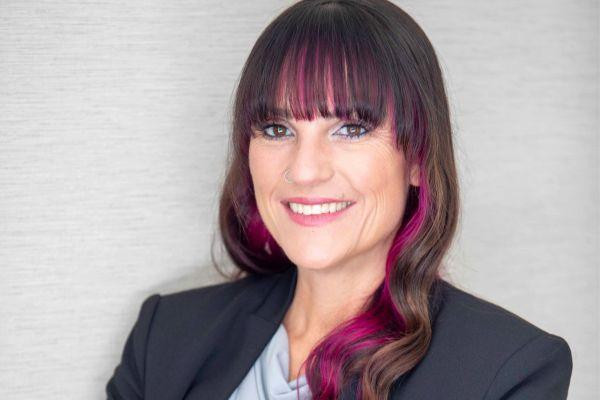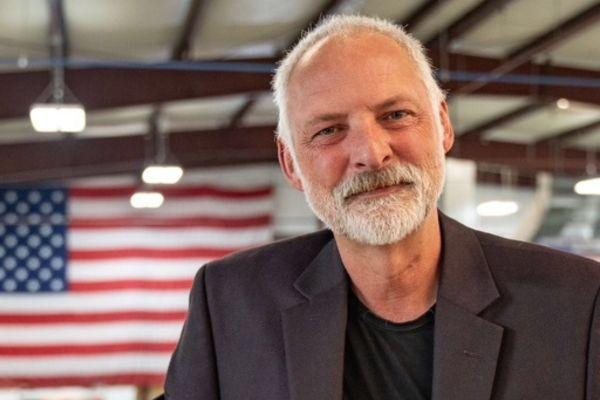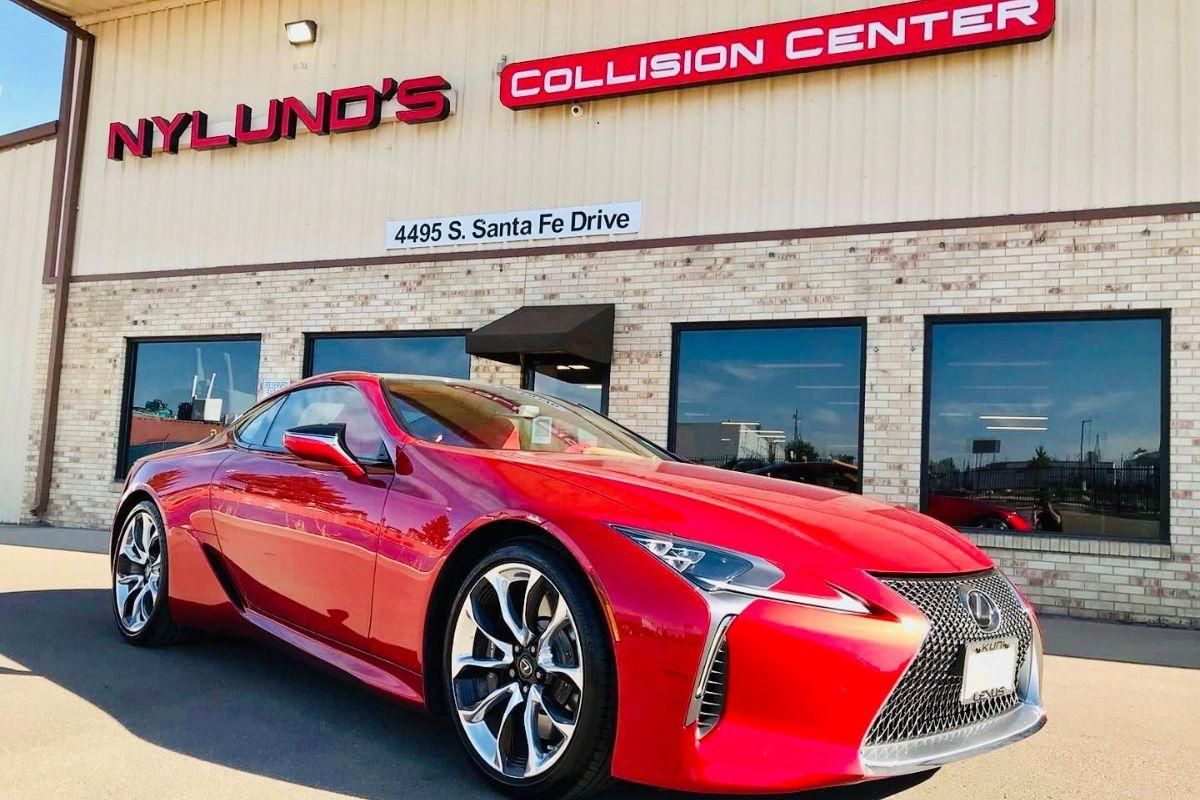Post-repair inspections are a lightning rod of attention right now, with recent emphasis flowing partly from a CIC study last year. The group’s Industry Relations Committee found vehicles leaving collision centers with undetected and unrepaired problems, costing time, money and possibly much more -- including lives.
“Half the vehicles we looked at had unaddressed frame and structural damage,” for instance, said committee member Erin Solis, a vice president with Square One Systems.
 Erin Solis.
Erin Solis.
Key to preventing issues is the post-repair inspection; a big part of passing that is OEM certification and pulling procedures.
“That is crucial,” Rob Grieve, owner of Nylund’s Collision Center in Colorado, said of the latter. “Every car here has a thumb drive” with that information on it. Shops such as Pacific BMW in California are installing monitors at minimal investment to replace bulky printed pages of procedures.
Grieve also sends employees online and to OEM centers for specific education.
Team training is good, and helps forge a precise path for repairing vehicles. Collision industry execs say coupling it with customer care and communication gets a shop’s detailed daily actions to the end it seeks.
Training Techs Means Time, Tools -- and Tweaks
“OE certification is a minimum standard,” Liz Stein emphasized. Stein is vice president of strategic initiatives at California-based Certified Collision Group, a network of some 1,000 body shops. She worked on the study with Solis and others.
Stein helps centers get certified, then the real work begins.
“Instead of beating up shops, saying, ‘You guys didn’t access the plan,’ what tools do we give them?” she said.
 Rob Grieve.
Rob Grieve.
For instance, focus on execution: shops have the steps -- “are they being followed?” Or dive deep into “can the person be coached or are they in the wrong role?”
Solis echoed this. “When I was doing OEM audits, I never met a technician [who said] ‘I don’t care’ -- 99% of the time they just didn’t have the proper training.”
She likes 3M’s work in Minnesota: “A beautiful facility and their trainers are just phenomenal.”
Grieve points to pay.
“It’s a team environment,” he said. “None of my people are flat-rate or commission, all salary or hourly. I can pull anyone off a job and say, ‘go help these guys.’ The pay structure supports the work.”
This is What Poor Customer Care Looks Like
Drew Bryant, Florida Auto Body Association president and owner of two-location db Orlando Collision, got in the industry 15 years ago after his experience as a customer.
He went in to see how repairs were going. “That’s when it got weird. I was ignorant, but it didn’t feel right.”
The shop was clean, but there were no discernible standards and “I wasn’t getting clarity” on the work -- e.g., why repair instead of replace.
“I got the runaround: ‘the car was in a better position than if … ’ which transitioned to ‘an availability issue,’” Bryant said.
Solis chuckled ruefully over the unofficial “30-year” explanation rule. Based on it, when work is questioned, responses must begin, “‘I’ve been doing this 30 years’ … I don’t know why it’s always 30 years,” Solis said.
She wants a training tweak that might not be on the radar: creative recruitment.
“When you go out to eat, or at Home Depot [and] they come looking for you; they’re smiling, they’re helpful, they don’t look miserable,” Solis said. A collision shop owner might say, “Hey, you ever want to do something different, here’s my card.”
With Customers, Focus on Safety and Care
Bryant’s car showed no driving issues after a month of work. “Today I’d pick it apart,” he said. But when he took the bumper off, “everything was like a straightened-out Pepsi can.”
The insurer bought it; he found a vocation; the car got sold. “Someone went to a lot and was driving a car that lacks integrity,” he said.
“Carrier totals it, now it’s at the salvage pool,” Solis said. “Ends up on a used car lot and it’s gonna get sold.”
Solis and Stein stress safety and care. Solis cited “finger-tight bolts … they didn’t torque it.” A customer drives home with kids in the car. “That makes me crazy.”
“We’re in the business of care,” Stein said. “What does the customer experience look like? Not ‘I can fit you in Tuesday and have you talked to State Farm?’ Are you processing them like it’s a deli counter?”
Grieve’s YouTube channel drops episodes weekly for consumers and shops; several discuss post-repair inspections.
Drilling Down to the Devilish Details, Going to Disneyland
Training teams and customer care become seamless. “Like a finely oiled machine,” Stein said.
Detailed focus is necessary: like Grieve, specializing in “pretty much one kind of car” -- and within the work itself.
Grieve and Solis note welding and paint, for instance.
“We’re not talking about dirt in the paint, but dirt in the paint will lead someone to feel uncomfortable and ask ‘What am I missing?’ So it’s the details, and lack of details that lead to frustration,” Grieve said.
On welding: doing half the spot welds required, or not getting penetration. “If you can tell the car’s been repaired, the shop didn’t do its job,” he said.
Solis cited “clearly no test welds” as lack of detailed focus, and 90% of vehicles in CIC’s study returned to shops when customers noticed a paint problem.
Stein said in one cohort of about 200 shops with OEM certifications, their websites didn’t mention it. She also wants creativity here, comparing body shops to Disneyland.
It calls customers “guests” and employees “cast members” and spends weeks training the latter before letting them near the former.
“You are on stage, and these are your guests,” Stein said. “It elevates a person in your mind.”













Paul Hughes